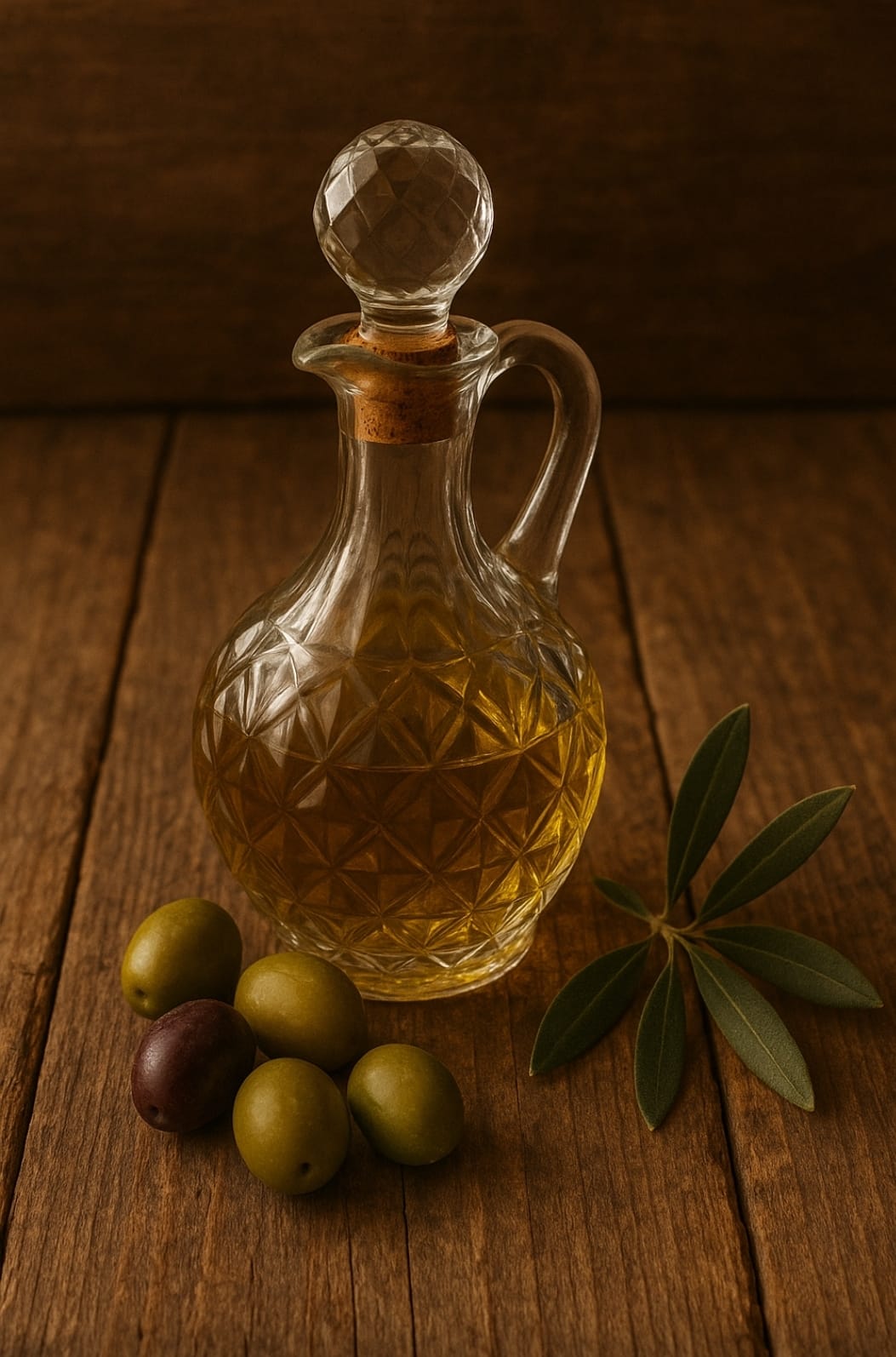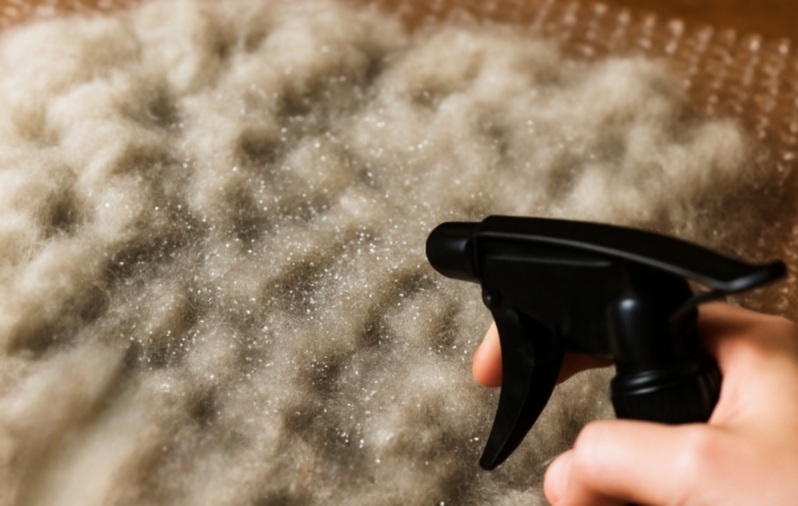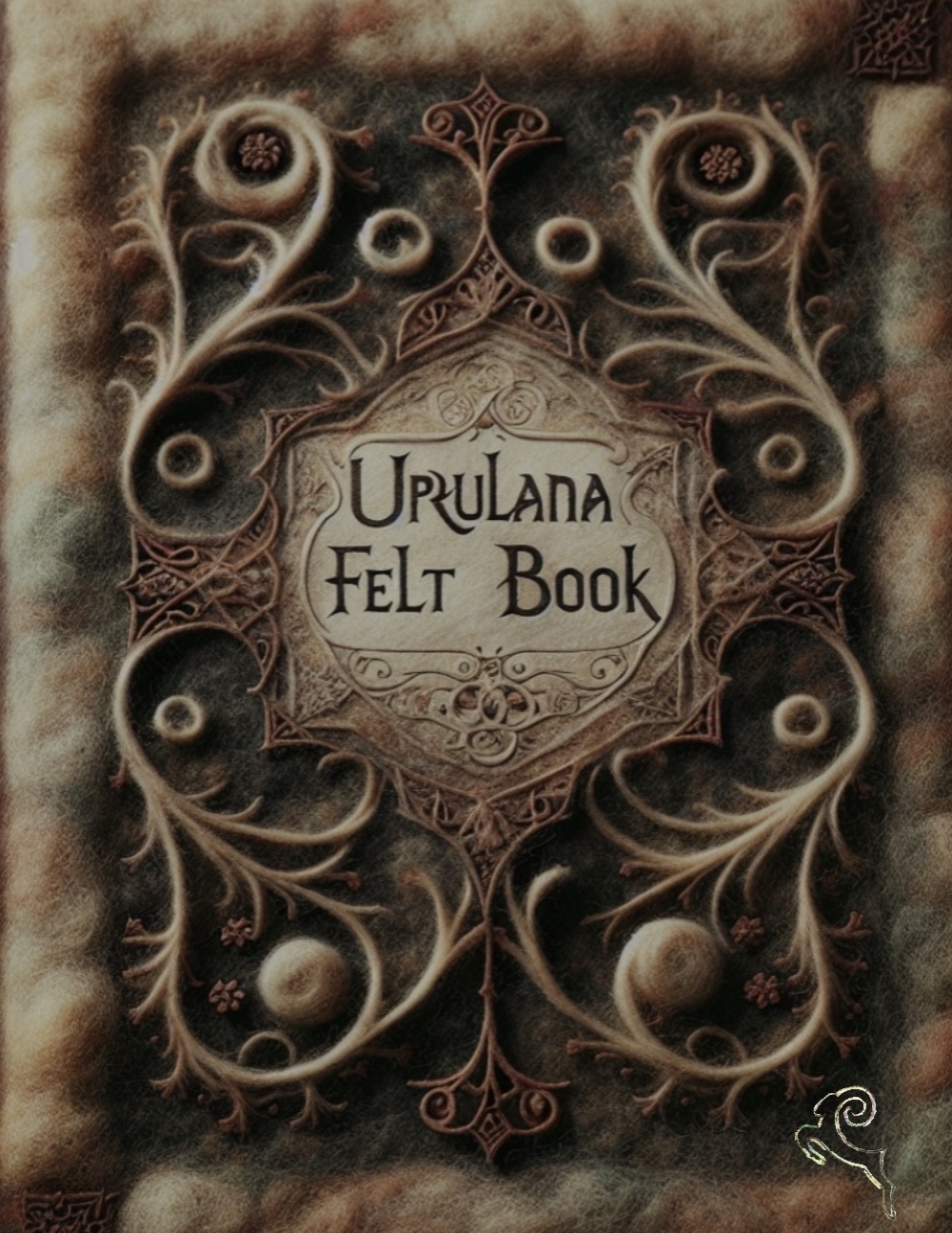Discover lifehacks, useful notes, and expert advice to elevate your craft. Dive into the world of felting with our curated tips and tricks, all designed to enhance your creativity and skill. Whether you're a beginner or a seasoned pro, there's always something new to learn with UrulanaFeltBook.
🫒 Olive Oil Hack for Softening Wool in Wet Felting
If you're struggling with coarse or overly dry wool during your wet felting projects, here’s a simple, natural solution that can transform your felting experience: just add a few drops of olive oil to your soapy felting solution. Many felters encounter wool that feels stiff, resistant, or difficult to shape — especially if it's been stored for a while or comes from a particularly dry fleece. This is where a drop or two of olive oil in your soap and water mix can work wonders. The oil helps soften the wool fibers, making them more pliable and easier to felt, especially in fine-detail or nuno felting. This technique is especially useful when you're working with merino wool, coarse batts, or natural fleece that hasn’t been processed with lanolin-rich conditioners. The olive oil restores a touch of glide to the fibers without interfering with the felting process. How to use it: Mix your usual felting soap solution (olive oil soap, castile soap, shampoo or handmade soap) with warm water. Then add 1–2 drops of extra virgin olive oil and stir. That’s it! Use this to wet your wool layout as normal. Not only is this method eco-friendly, but it's also a nod to traditional crafts — where natural oils like olive oil have long been used to treat fibers in spinning, weaving, and felting.

🧼 How to Avoid Soap Stains in Wet Felting
Soap stains or streaks during wet felting are a common issue and usually happen when too much soap accumulates in one spot. Here’s how to prevent it: Dilute the soap properly Mix your felting soap (olive oil soap, castile soap, shampoo or any mild handmade soap) with warm water in a ratio of 1:10 (one part soap to ten parts. water) Apply evenly Use a sponge, felting watering can or spray bottle to distribute the solution. Avoid soaking the wool — lightly dampen the surface instead. Finishing touch After felting, rinse the finished piece in a vinegar rinse (1 tbsp of vinegar per 1 liter of water). This neutralizes the soap, removes residue, and softens the wool fibers, helping you achieve smooth, stain-free felting results every time. Tags merino wool, fleece, nuno felting, wet felting, 3D wool projects, felted fabric

